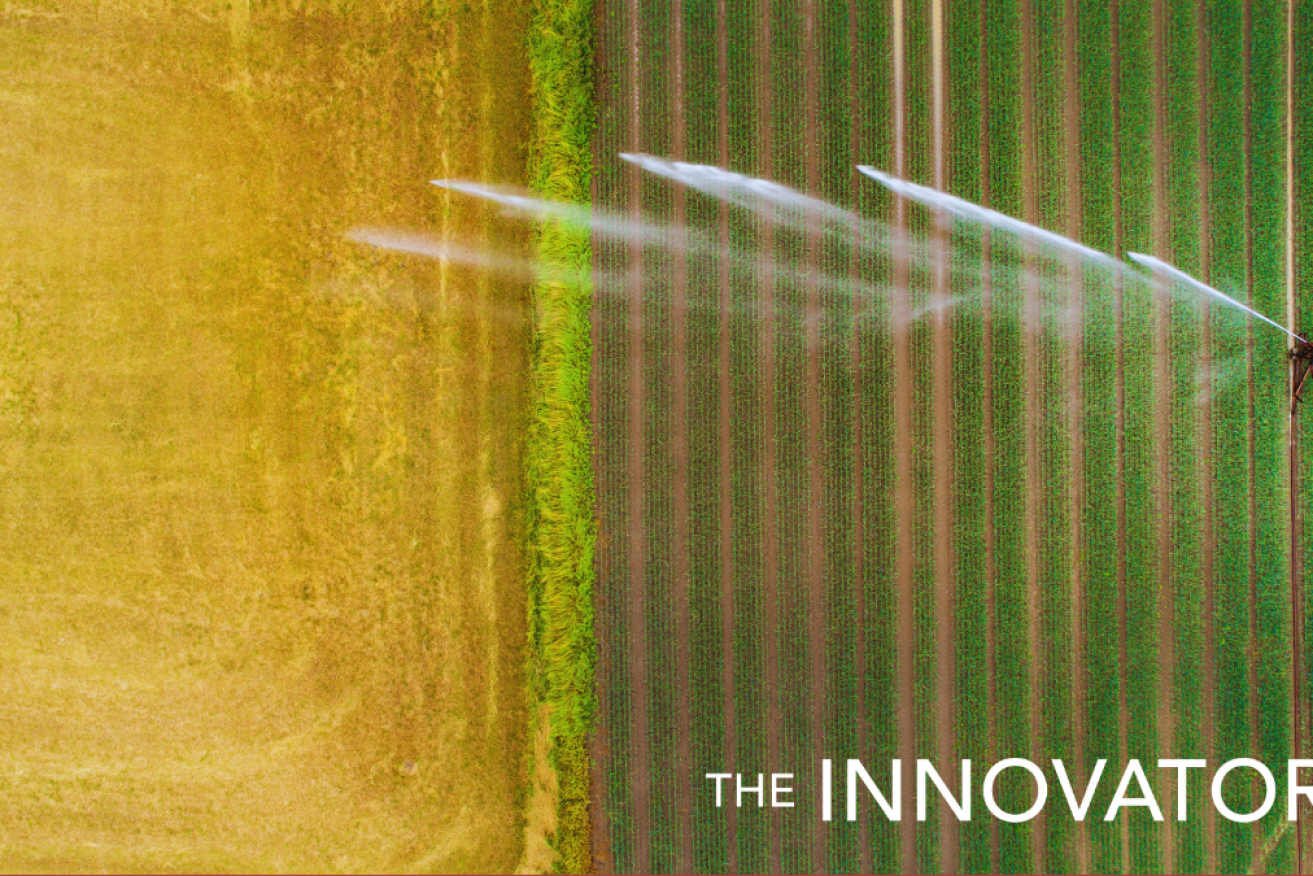Smarter agriculture drives farms of the future


Photo: Getty/TND

The vagaries of climate and crop health have been high among the serious difficulties faced by Australian farmers and agricultural investors, but new local technologies are helping get over those issues.
And as with many agricultural advances in this country, the CSIRO has been a major driver in these technologies.
Digital Agriculture Services
DAS is a “geospatial platform that has mapped all farms in Australia and New Zealand using satellite and publicly available data”, DAS strategy and marketing head Sarah Gorman said.
Developed and part-owned by CSIRO, and also owned by a range of financial and agricultural institutions and private investors, DAS is a key tool used by farmers, financiers, grain companies and land valuers to understand land, its fertility, rainfall and seasonal conditions.
The technology is given free to farmers who can use it to map their properties and see the exact position of infrastructure such as fences and watering points, as well as details of the topography.
A range of tools are available to commercial users who pay for it. These include a cropping hub that provides detailed data on crop types being grown, yield estimates and historical data on those issues.
That allows both public and private sector operators to gain insights into land usage and harvest conditions – and, as a result, what prices are likely to be.
For groups like international grain trading giant Cargill, “it shows who’s growing what [and] where, what the season will look like, the extent of flood damage when that occurs, and gives them a comparative advantage in their trading operations,” Ms Gorman said.
CEO and co-founder Anthony Willmott says with crops and grazing land “we measure the biomass produced and that allows us to estimate what will be grown in terms of tonnes per hectare”.
That allows productivity of farms to be measured accurately over long periods of time.
“We have an average of 20 years’ data for every farm in Australia,” Mr Willmott said.
“To date, data provided on winter wheat crops has reached levels of 97 to 99 per cent accuracy,” said Ms Gorman, who is a shareholder in the group.
Those levels of accuracy in crop prediction should be extended to other seasons and crop types as data is built up.
Climate-change predictions
Another tool provides climate scenario intelligence that allows predictions on how climate change will affect regions and individual farm properties.
It also shows carbon footprints of properties and regions, helping farmers to understand how they can move towards net zero.
That technology is in early-stage development and is not yet fully commercialised, Mr Willmott said.
That sort of information helps farmers and the corporate world understand the risks they take in the agriculture sector. Lenders like Rabobank and insurers like Insurance Australia Group use its services to better understand the risk they take in their dealings with individual farmers.
Valuers and estate agents use the service to help put accurate prices on individual properties and whole districts or regions. The group has been in existence five years and is planning to enter the US market later this year.
WaterWise
Another CSIRO technology that has been commercialised in the agricultural sector by the research body and private group Goanna Ag is WaterWise.
The technology, marketed by Goanna as GoField, uses advanced wireless sensor technology and data analytics to accurately determine irrigation water needs and the timing of watering to make farming more efficient and environmentally sensitive.
Goanna CEO Alicia Garden says the technology works by “determining what the biological optimum of a plant is, which is a temperature threshold. When the plant reaches that threshold it needs to be irrigated”.
It has already been used to improve yield and water use efficiency in the water-thirsty cotton industry.
“About 65 per cent of the planted footprint of cotton this year is using our technology to irrigate,” Ms Garden said.

Goanna Ag crop sensors measure temperature and moisture.
The technology is set up in each field to continuously measure temperatures and soil moisture to help farmers identify crop stress and consequent water needs.
The savings from more efficient water use have been quantified.
“We’ve shown we can take at least one or two irrigations out of the cycle,” Ms Garden said.
“Knowing that there’s an average of nine irrigations per season, that’s at least a 15 per cent water improvement.”
It works through mobile technology
The technology takes in-paddock measurements, which are then sent to Goanna’s server via the telco network. Then it is processed and farmers are sent messages through a computer or app.
“You’ll get a text message saying that you will need to irrigate in the next couple of days,” Ms Garden said.
Soon technology will be installed that “will literally tell farmers how much yield they will lose if they don’t irrigate when we tell them”.
Goanna entered the US market last year during a drought in Texas and its technology has been adapted to nuts, fruit trees, grape vines and tomatoes.
Currently farmers pay $1500 a paddock per season and Goanna staff install and maintain the monitors and remove them before the harvest.
The average return on investment for farmers is 15 times the cost “so it’s a very high-value return they deliver,” Ms Garden said.
Independent research has found that WaterWise technology has the potential to save $769 million in water and energy costs for farmers. The current year will see the first Goanna profit earned.









